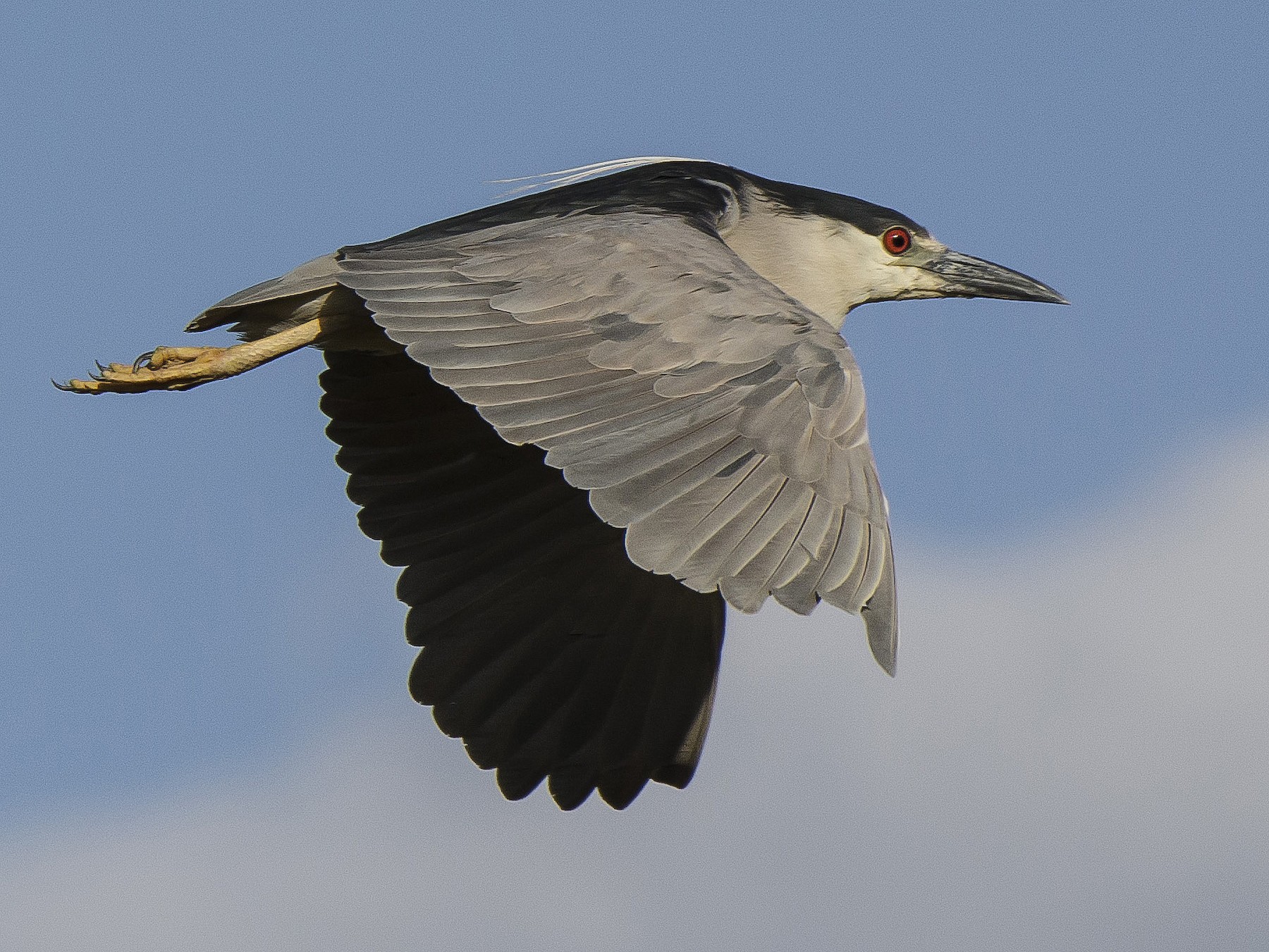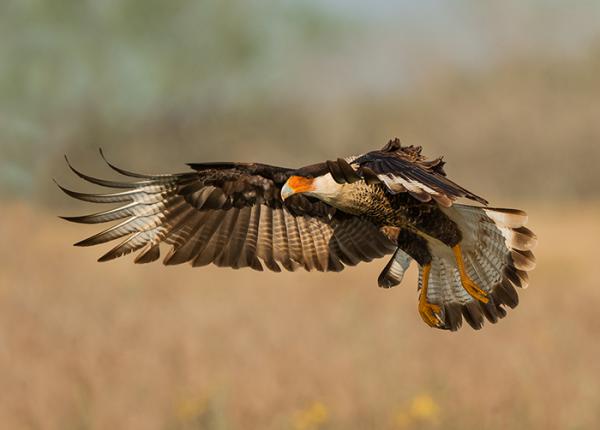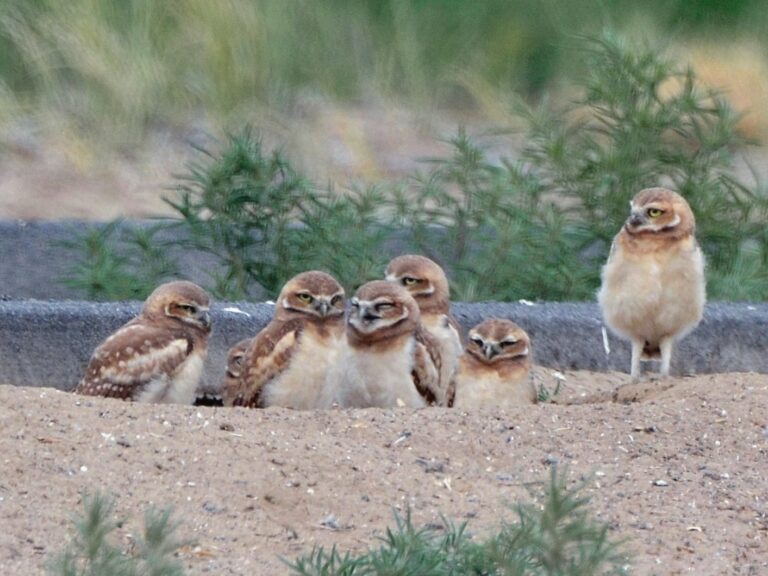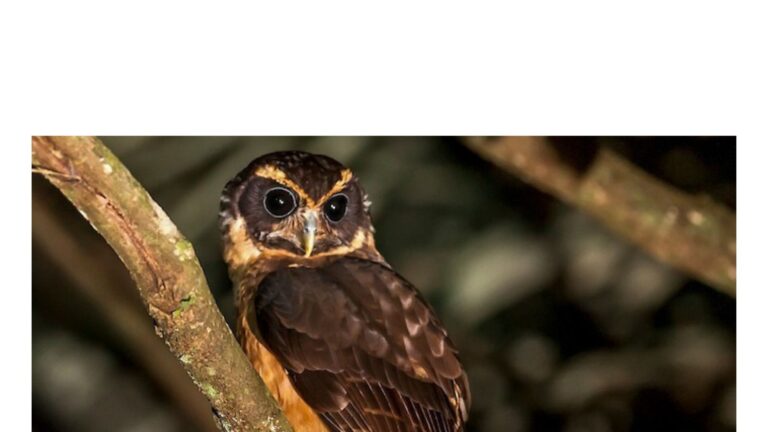Black-crowned Night Heron: Unveiling the Secrets of a Stealthy Hunter
The Black-crowned Night Heron, known scientifically as Nycticorax nycticorax, is a fascinating bird found in various habitats around the world. These herons are easily identifiable by their distinctive black crowns and striking yellow eyes. They are adaptable feeders, often foraging for fish, frogs, and small mammals in both freshwater and saltwater environments. Understanding their behavior and habitat can help in appreciating their role in the ecosystem.
These herons are primarily nocturnal, which means they are most active during the twilight hours. They establish colonies for breeding, often near water sources, where they build nests high in trees. Their unique reproductive habits and adaptability to different environments make them a subject of interest for bird watchers and researchers alike.
Currently, the conservation status of the Black-crowned Night Heron varies by region, with some populations being more at risk than others. Learning about their challenges and the measures taken for their protection can highlight the importance of conservation efforts for all wildlife.
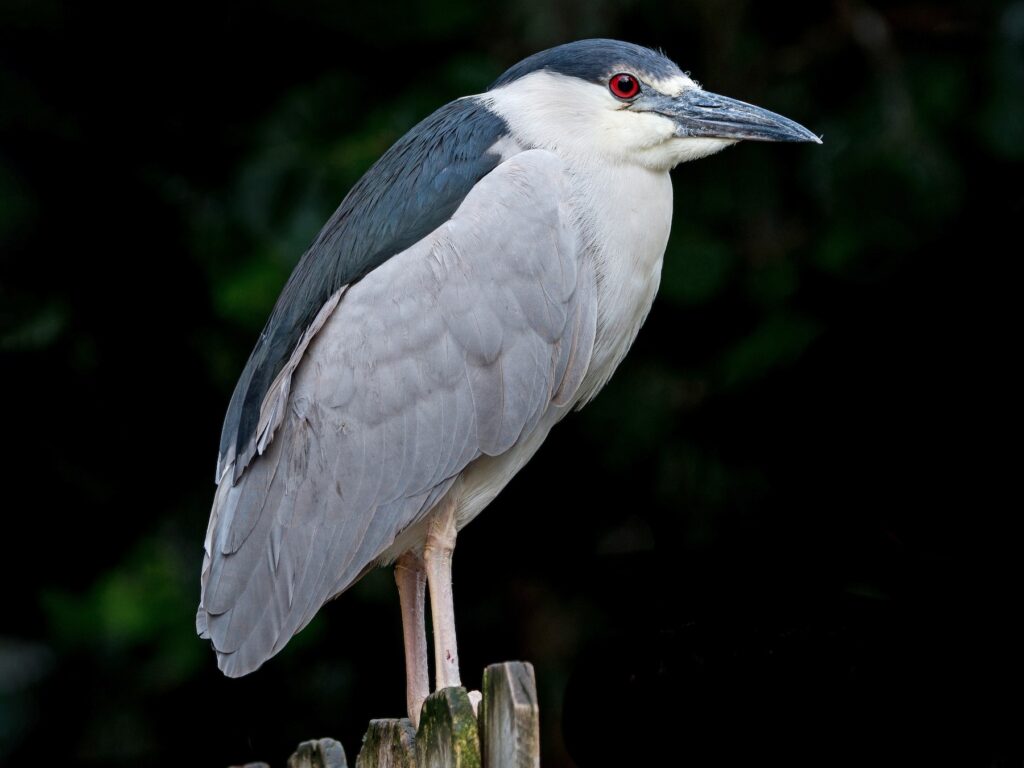
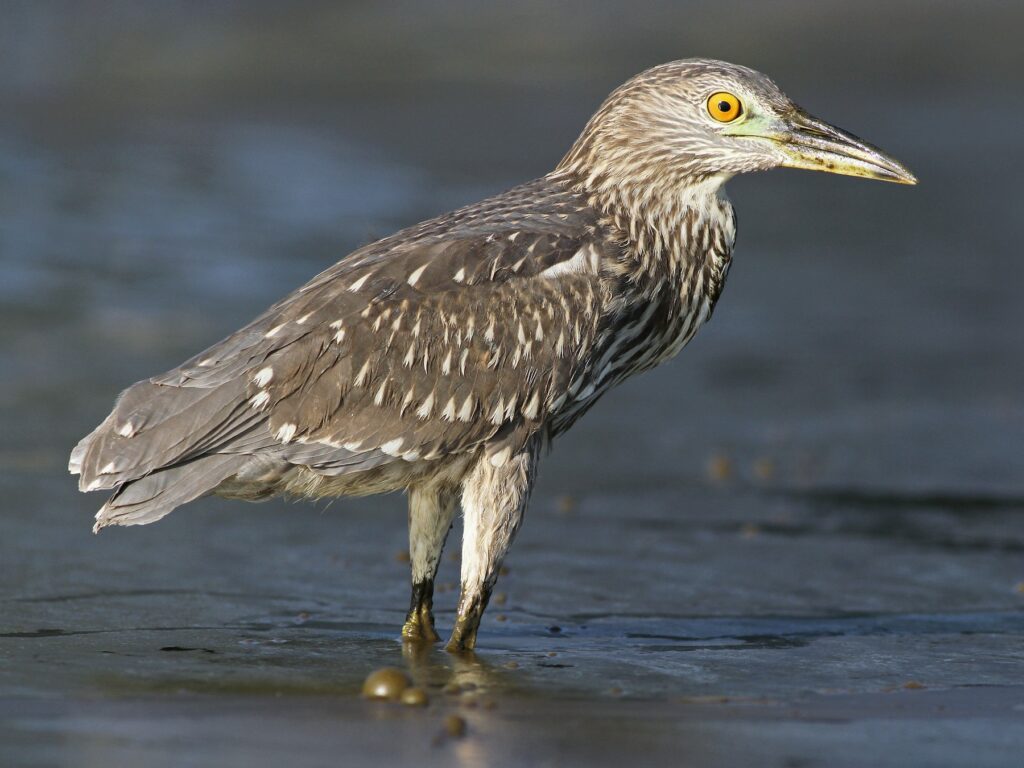
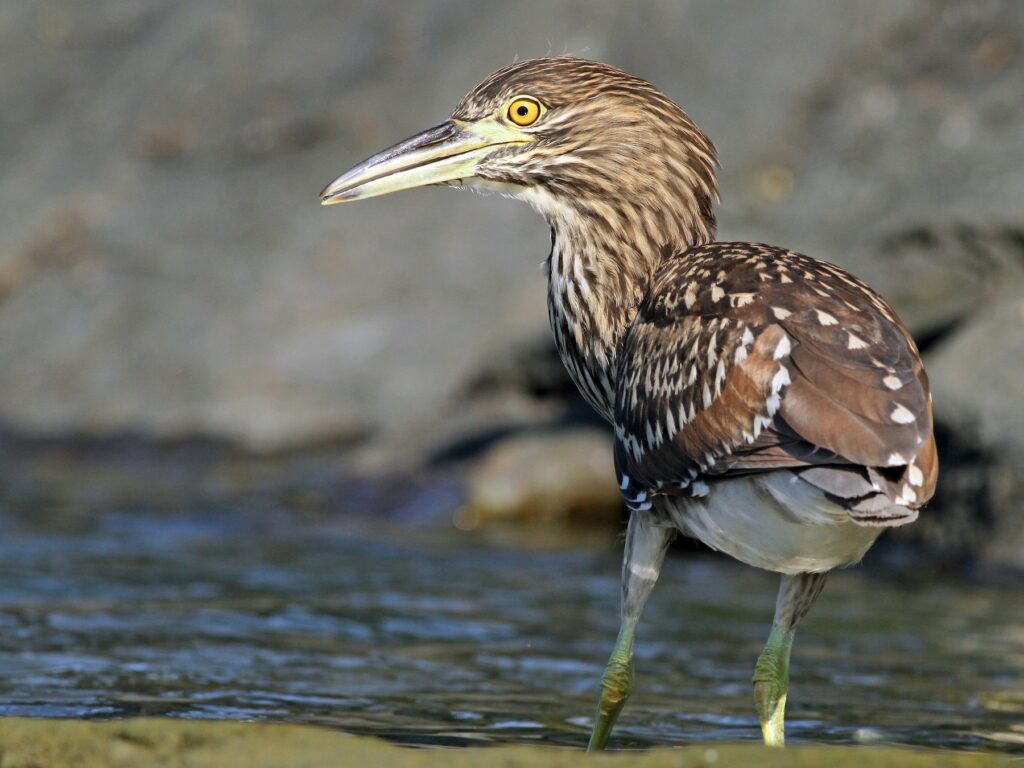
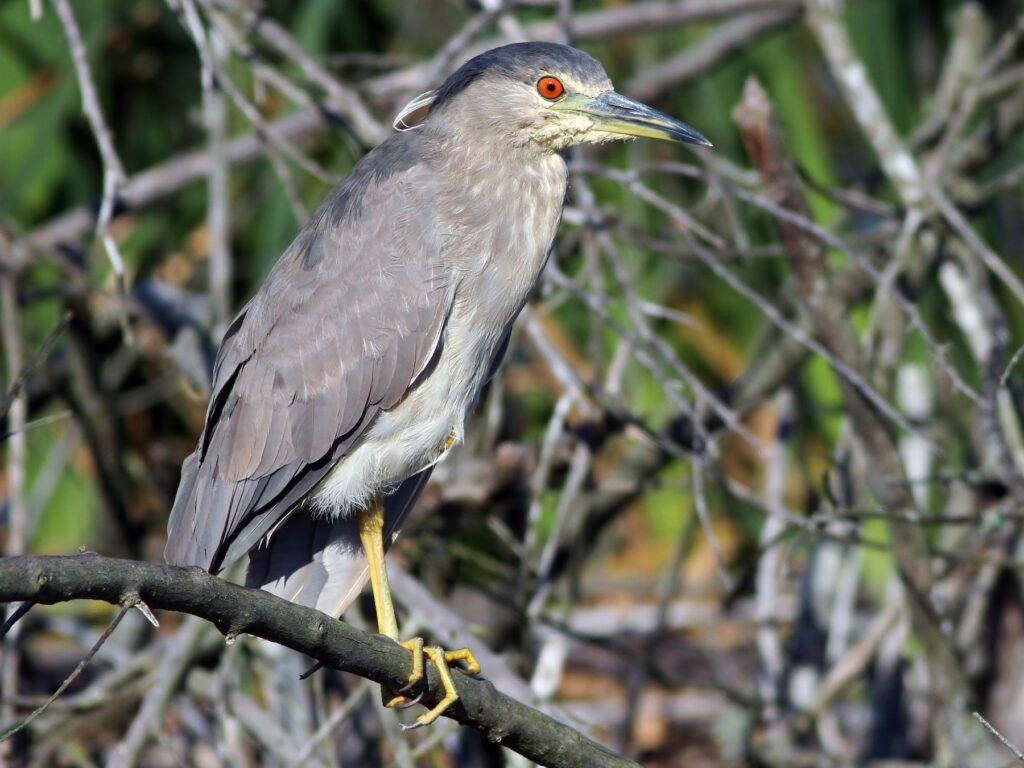
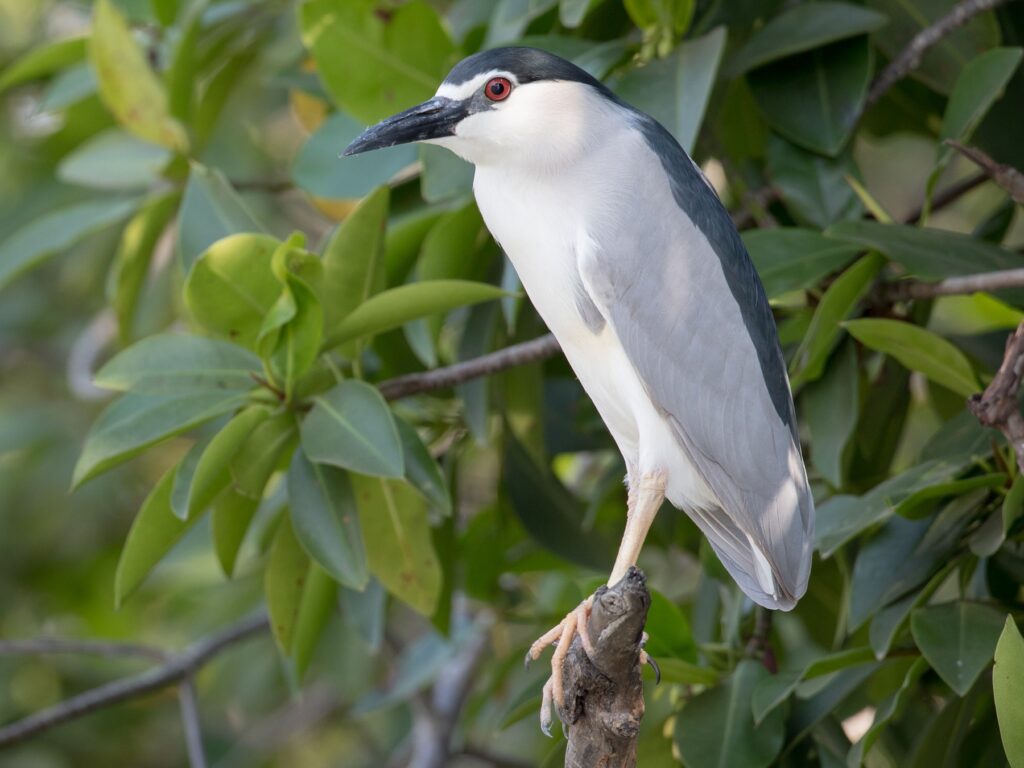

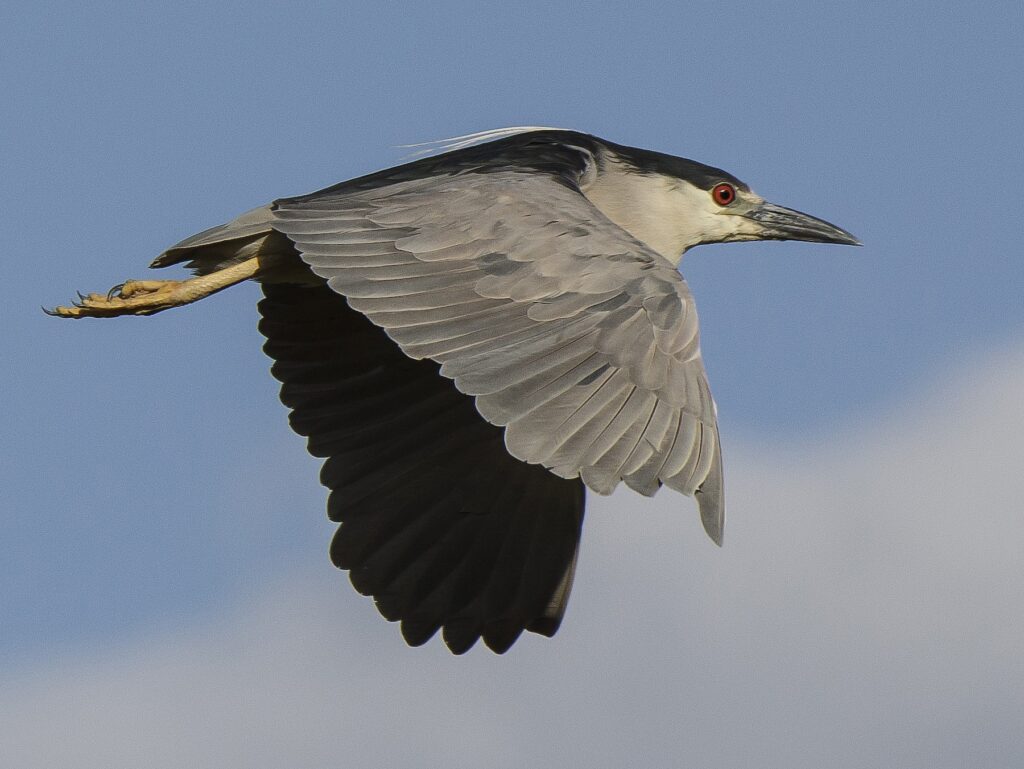
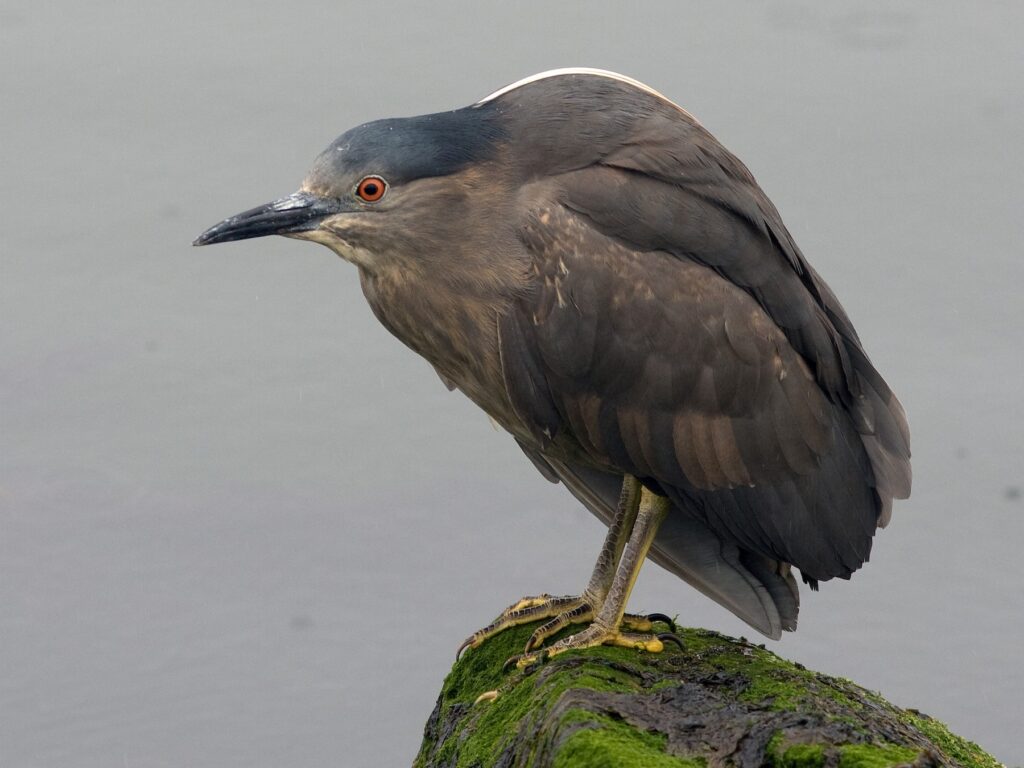
Key Takeaways
- Black-crowned Night Herons are skilled foragers that thrive in diverse habitats.
- They possess distinctive physical features, making them easy to identify.
- Their conservation status varies, highlighting the need for awareness and protection.
Physical Characteristics
The Black-crowned Night Heron has a unique and easily recognizable appearance. This bird is well-suited for its nocturnal lifestyle, displaying several adaptations that enhance its hunting abilities at night.
Distinctive Appearance
The Black-crowned Night Heron is known for its stocky build and distinctive features. It has a short neck and short legs, giving it a compact appearance. The most notable feature is its black crown, which contrasts sharply with its gray body.
Its red eyes provide excellent night vision, allowing it to spot prey in low light. The yellow legs add to its striking look. Adult birds typically measure around 24-28 inches in length, making them medium-sized herons. These visual traits help it blend in with its surroundings while hunting.
Adaptations for Nocturnal Life
This heron’s physical characteristics reflect its nocturnal habits. The large eyes characteristically facilitate improved vision during nighttime activities. Such adaptations are common among night feeders and are crucial for spotting fish and small animals.
The short legs enable quick movements in shallow waters, while its stocky body aids in balancing while wading. Its camouflaged plumage allows it to remain hidden from both prey and predators. These features make the Black-crowned Night Heron well-adapted for life in the darkness of night.
Habitat and Distribution
The Black-crowned Night Heron is known for its specific habitat preferences and wide geographical distribution. Understanding where these birds thrive is essential for conservation and observation efforts.
Preferred Habitats
Black-crowned Night Herons favor wetland areas, including marshes, swamps, lakes, and ponds. They are often found near shallow waters that provide ample food sources like fish and amphibians.
These birds prefer habitats with dense vegetation, which offers cover and nesting sites. They are often seen in areas with reeds, willows, and low shrubs. Night herons are adaptable, so they can also be found in urban parks and green spaces that include these water features.
Geographical Range
The distribution of the Black-crowned Night Heron extends across a variety of regions. They are commonly found in North America, especially along the coasts and in wetlands.
During the breeding season, they migrate to northern areas like Canada and the northern United States. In winter, they typically move to warmer climates in the southern U.S., Mexico, and parts of Central America.
Their adaptability to different environments contributes to their widespread presence, making them a common sight near suitable water bodies.
Diet and Foraging Behavior
The Black-crowned Night Heron has a varied diet and unique foraging habits that are crucial for its survival. Its feeding strategies involve different prey types, which include fish, amphibians, small mammals, insects, and reptiles. Understanding these aspects provides insight into how this bird hunts and thrives in various environments.
Dietary Preferences
Black-crowned Night Herons primarily hunt for fish, which make up a significant portion of their diet. They are also known to consume amphibians, such as frogs and tadpoles, as well as small mammals like rodents when fish is scarce.
Insects and reptiles, including small snakes and lizards, supplement their diet. Their ability to adapt to different food sources is key to thriving in various habitats, from wetlands to urban areas. This flexibility allows them to maintain a healthy diet across seasons.
Hunting Techniques and Timing
Foraging is often done at dusk and dawn, taking advantage of low light conditions. During these times, Black-crowned Night Herons use their keen eyesight to spot prey in the water. They employ a sit-and-wait technique, where they remain still to catch fish as they swim by.
They can also use stealth to approach prey. Quick strikes enable them to catch fish or amphibians effectively. This combination of timing and technique makes them skilled hunters, capable of adapting to their environment for successful foraging.
Reproduction and Life Cycle
The Black-crowned Night Heron has a distinct reproduction process that includes a specific breeding season and unique nesting behaviors. They often create colonies for breeding, which plays a crucial role in the success of raising young.
Breeding Season
The breeding season for Black-crowned Night Herons typically occurs from late spring to early summer. During this time, pairs form and engage in courtship displays. They often establish breeding colonies in areas with abundant food sources. These colonies can contain several pairs, which enhances the safety of their young from predators.
Each pair participates in territory defense, often vocalizing to establish their presence. Their nests are usually located in trees or reeds, providing shelter for their eggs and chicks. The timing of the breeding season is crucial, as it aligns with seasonal food availability for the young.
Nesting and Rearing of Young
Nesting sites are built with sticks, reeds, and other vegetation. The female typically lays between 3 to 6 eggs, which are incubated by both parents for about 25 days. After hatching, the chicks are altricial, meaning they are helpless and rely on their parents for food and protection.
Both parents actively feed the young, bringing them small fish and other aquatic prey. The young herons remain in the nest for several weeks before fledging, developing their flight feathers gradually. Colonial nesting provides social benefits, such as increased vigilance against predators, allowing the young to thrive in a safer environment.
Conservation Status
The conservation status of the Black-crowned Night Heron highlights various threats to its population and ongoing efforts to protect this species. Understanding these factors is essential for preserving their habitats and ensuring their survival.
Factors Contributing to Decline
Several elements contribute to the decline of the Black-crowned Night Heron. Habitat loss is a significant issue, primarily due to urban development and wetland destruction. Wetlands, where these birds typically nest and feed, are increasingly degraded.
Pollution in water bodies also affects their food sources and overall health. Pesticides and heavy metals can accumulate in the tissues of fish and amphibians, leading to toxic effects.
Moreover, competition for nesting sites from other birds may further stress their populations. The increased presence of species like double-crested cormorants can usurp essential breeding habitats.
Efforts and Measures
Conservation efforts for Black-crowned Night Herons are underway in various regions. Protected areas, such as national and state parks, have been established to safeguard their habitats from development.
Organizations work closely with local communities to raise awareness about the importance of preserving wetland ecosystems. Educational programs highlight the adverse effects of pollution and habitat loss.
Monitoring populations is vital as well. Regular assessments help track the condition of their habitats and provide data for future conservation strategies.
Additionally, regulations regarding hunting and pollution controls aim to reduce human impact. These efforts can help stabilize and potentially increase their populations, as collaboration among stakeholders remains crucial.
Frequently Asked Questions
This section addresses common questions about the Black-crowned Night Heron, covering physical characteristics, typical habitats, conservation issues, and cultural significance. Each answer provides specific insights into this fascinating bird.
How can one differentiate between male and female Black-crowned Night Herons?
Male and female Black-crowned Night Herons appear quite similar. Both genders have a distinctive plumage, but males tend to be slightly larger. During mating season, males can also exhibit brighter breeding colors, which may help in attracting females.
What is the typical size and weight of a Black-crowned Night Heron?
A Black-crowned Night Heron typically measures about 24 to 28 inches in length. They usually weigh between 1.5 to 3.5 pounds. The wingspan of these herons can reach up to 40 inches, giving them a sizable presence.
In which habitats are Black-crowned Night Herons commonly found?
Black-crowned Night Herons prefer wetlands, estuaries, and coastal areas. They are often found near freshwater ponds and marshes. These habitats provide ample food resources and nesting sites essential for their survival.
What are the contributing factors to the Black-crowned Night Heron’s endangered status?
Several factors contribute to the endangered status of the Black-crowned Night Heron. Habitat loss due to urban development and pollution significantly impacts their populations. Additionally, climate change poses challenges to their habitat and food sources.
What unique behaviors do juvenile Black-crowned Night Herons exhibit?
Juvenile Black-crowned Night Herons demonstrate distinct behaviors as they grow. They often engage in play and practice hunting skills. These activities are crucial for developing their survival techniques in the wild.
What cultural significances or folklore surround the Black-crowned Night Heron?
The Black-crowned Night Heron holds various cultural significances in different regions. In some folklore, they are seen as symbols of patience and wisdom. Their silent hunting style often inspires stories that highlight their mysterious nature.
